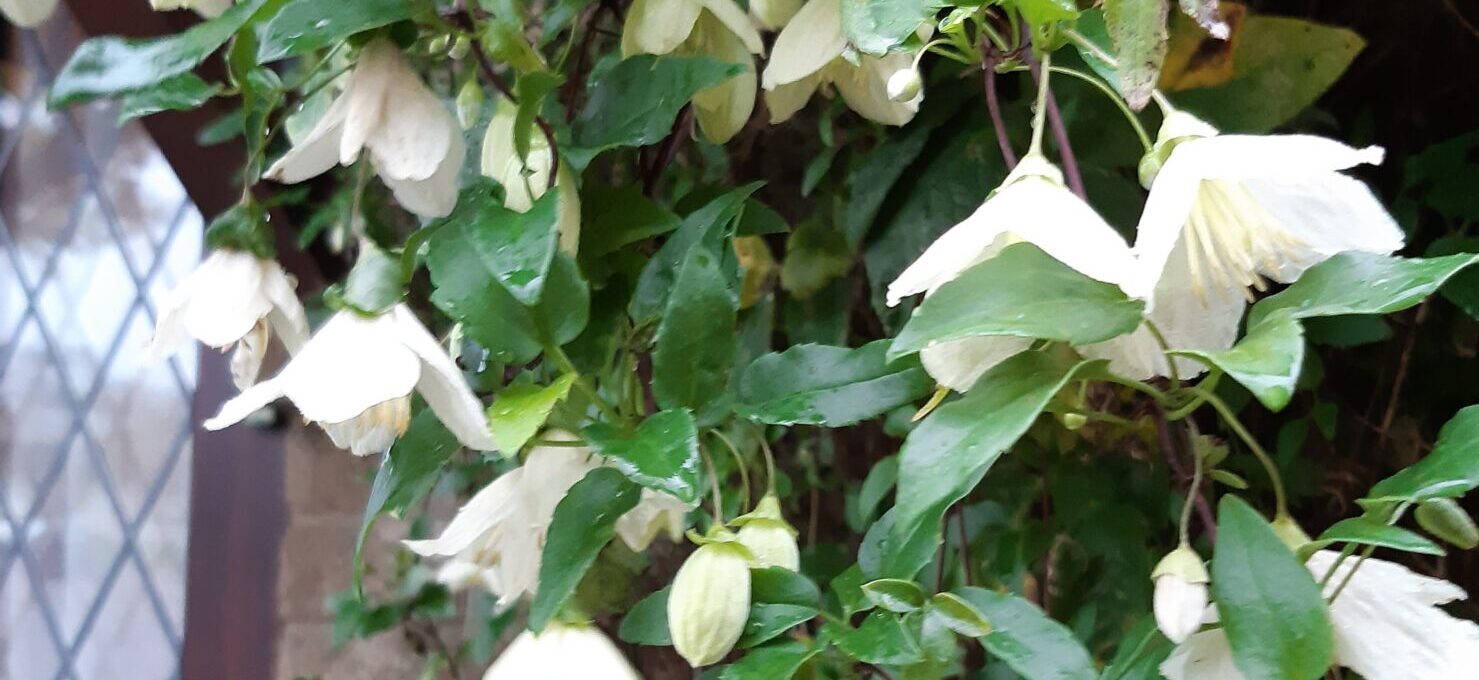
Hi, this is Jane from the Wild Bunch with our latest column.
As we are head for the depths of winter, it is still important to think about ways we can help wildlife. As the climate emergency impacts, patterns of life for plants and wildlife are changing. Hedgehogs may hibernate later. Although bees are less active over the winter months, some will be out and about on sunny days. And of course, many garden birds are with us throughout the year.
With just a couple of pots in a small courtyard garden, or even a window box, it is possible to give nature a helping hand through the dark months and into spring. And, in these cash-strapped times, it doesn’t have to be expensive. For example, primula, including primroses, can be bought for a pound or two and are a good source of food (but be sure to go for those with flat, open flowers, not the frilly “double” varieties). Plant in peat-free compost, along with perhaps a heather or a Christmas rose (hellebore), place in a sheltered spot, and you provide an instant feeding station! Deadhead the primula regularly, plus keep the compost moist, and they should keep flowering through the winter. You might soon find pots of flowering snowdrops for sale too or put a note in your diary to buy bulbs to plant next year, along with crocus. All are an important source of winter pollen and nectar for insects.
If you have space for something a little larger and more permanent, you might consider small shrubs and trees that flower in winter or have tasty berries for birds, such as mahonia, autumn flowering cherry, winter honeysuckle, rosemary or cotoneaster. And maybe plant a clematis such as the winter-flowering Jingle Bells, which will happily clamber up an old tree or garden fence.
Finally, don’t forget the value of everyday garden weeds and hedgerow plants for wildlife – something we can easily overlook when tidying the garden. Maybe leave a few dandelions for flowers as early as February, allow ivy to mature as it provides valuable berries through the winter, and perhaps leave some berries on any holly when cutting for Christmas decorations. Leaving the odd patch of nettles now mean they will be ready and waiting next year to play host to caterpillars of several butterflies including red admiral. And fallen leaves, either left to rot down on flowerbeds or raked into loose piles in an odd corner, are a great place for overwintering insects and hedgehogs.
Join the Wild Bunch to find out more about supporting nature in our gardens and open spaces, take a look at the Wild Bunch page.

